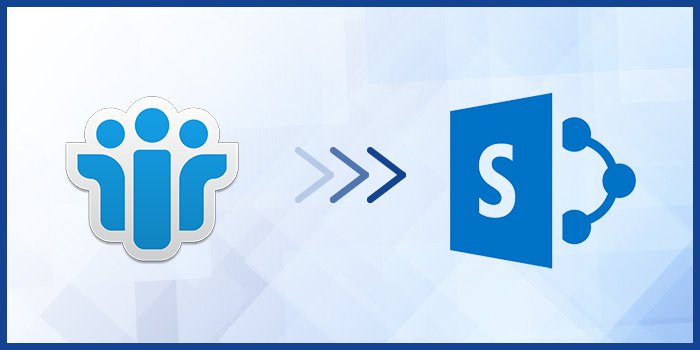In the recent years, there has been a significant movement away from Lotus Notes to more modern solutions than IBM’s aging product. Together with our Partner, we have prepared some expert tips explaining in detail how to perform the operation smoothly and effectively.


Lotus Notes has been on the market since 1989, and has remained until now a part of the IT ecosystems of many companies. Simon Sharwood from The Register points out that IBM Domino, which hasn’t been hot since last millennium, does what lots of legacy software does: stubbornly refuse to be replaced because some of the apps built on it are useful and/or too painful to replace.
The most common reason why companies migrate away from Lotus Notes is to replace the e-mail infrastructure, which is often not up to users’ expectations. In the majority of these cases, organizations decide to make the transition to Microsoft Exchange, since it is the market leader for corporate users.
However, migration of e-mail services and basic features is not typically the end of the operation. For many years, Lotus Notes has been widely used to deliver workflow-based applications for many companies. To prevent a situation where two competing IT ecosystems are in place (Lotus Notes and SharePoint), organizations have decided to migrate workflow-based applications to SharePoint as well.
Unlike a simple e-mail migration, there is no tool on the market that is capable of automatically migrating complex applications into SharePoint environment. It is worth keeping in mind that many companies developed sophisticated and complex workflow solutions, making a potential migration even more difficult. In cases like this, the only solution is to re-create them from a scratch in the new environment.
To avoid the .NET coding required to extend the initial capabilities of SharePoint, third-party solutions like WEBCON BPS are often chosen, providing extensive workflow and forms capabilities. This allows users to re-create their business applications in a low-code manner, which is significantly easier and quicker compared to custom coding.
Read an expert article by WEBCON, and for more, go to the whitepaper by Andreas Schmid.





